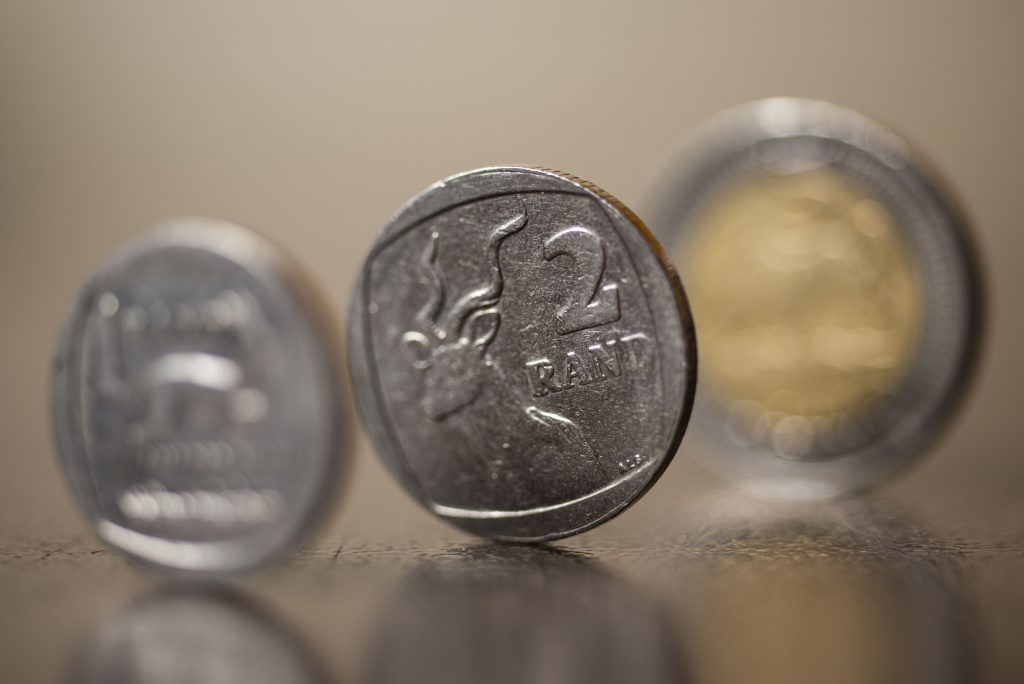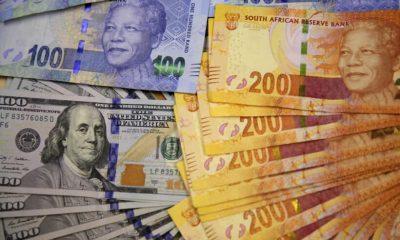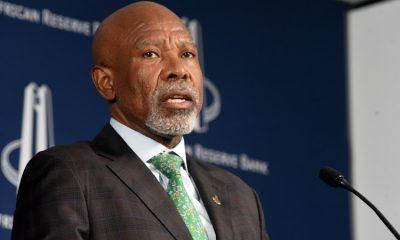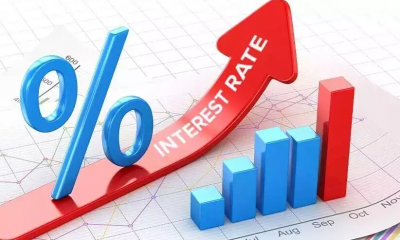Business
Rand on a Roll: Why South Africa’s Currency Is Defying Expectations in 2025

A Currency That Refuses to Break
For once, the rand has given South Africans a reason to smile. After years of volatility and bad press, the local currency is showing strength not just against the dollar but across a range of global currencies.
Trading close to R17.30 to the US dollar, the rand has maintained a stable rhythm over the past few weeks, a performance few predicted at the start of 2025. While some analysts initially credited its stability to a weaker dollar, new data suggests the story runs deeper.
It’s Not Just About the Dollar
According to Investec Chief Economist Annabel Bishop, the rand’s resilience is not a fluke. The US dollar has weakened by roughly 8.9% this year, but the rand has strengthened by 8.5%, showing it is moving in step rather than merely being carried by global trends.
On a trade-weighted basis, the rand has strengthened by 2.7% since January. It has gained 3.5% against the British pound and 0.4% against the Chinese yuan, though it has slipped slightly against the euro. That mix reflects something rare in the currency world: balance.
For a country whose economy often swings with global risk sentiment, this consistency is a quiet triumph.
The Comeback Nobody Expected
Emerging market currencies like the rand are notoriously sensitive to market jitters, especially changes in US interest rates. When American investors pull back, emerging economies usually feel the sting first. Yet this year, with the US entering a slower phase of rate cuts and the global economy showing more optimism, the rand has found some breathing room.
Bishop notes that “a more positive global and South African growth outlook is boosting sentiment,” which, in turn, encourages investors to take more risks, including betting on the rand.
Even the International Monetary Fund (IMF) has upgraded its expectations for South Africa’s growth prospects, signalling a more hopeful trajectory for the year ahead.
What’s Behind the Optimism
There are several reasons why analysts believe the rand could hold its strength into 2026:
-
Improved growth prospects: With some economic sectors finally gaining traction, momentum is building.
-
Reduced inflation pressure: Prices are showing signs of stabilising, easing the burden on households and investors alike.
-
South Africa’s removal from the FATF grey list: This milestone has restored confidence in the country’s financial system and could help attract long-term investment.
Investec forecasts that the rand will likely average R17.30 to the dollar through the end of 2025, strengthening slightly to R17.15 in early 2026. In a more optimistic scenario, it could even reach R16.30.
The Caution Still Lurking
Of course, no financial story is ever free from risk. Persistent issues such as low business confidence, infrastructure bottlenecks, and slow reform progress could weigh on the currency. Rising government debt and ongoing uncertainty around land reform policies remain key red flags for investors.
Still, the fact that the rand is holding firm amid all this shows that markets see potential in South Africa’s long-term recovery. Stability, even in small doses, has become something worth celebrating.
A Quiet Win for Mzansi
The rand’s current strength might not make everyday life easier overnight, but it reflects renewed trust in the country’s economic fundamentals. For now, it’s a reassuring sign that South Africa’s currency, once seen as fragile, can still stand tall in unpredictable global winds.
Also read: Ster-Kinekor Shuts Down Major Mall Cinemas as Nu Metro Expands
Follow Joburg ETC on Facebook, Twitter, TikT
For more News in Johannesburg, visit joburgetc.com
Source: Business Tech
Featured Image: Moneyweb



























